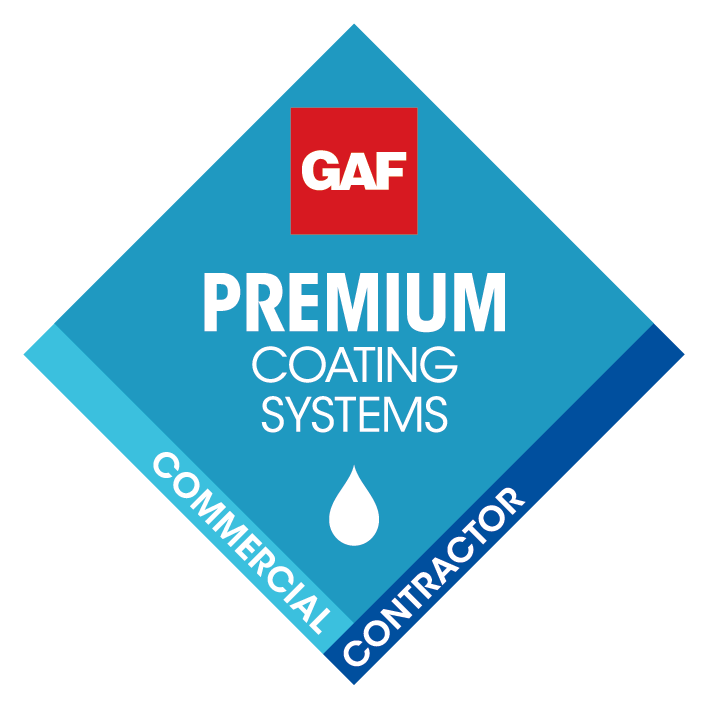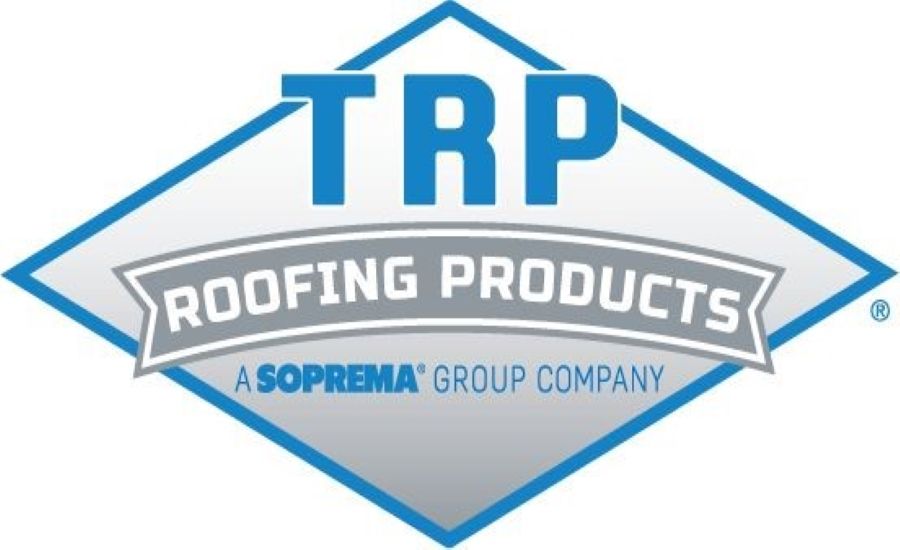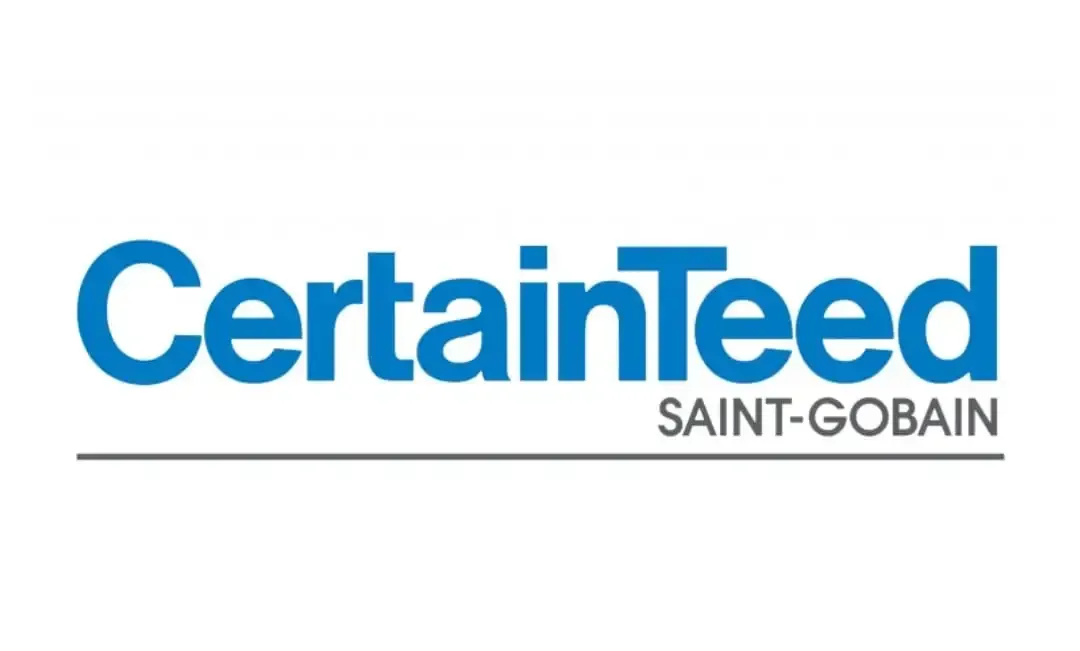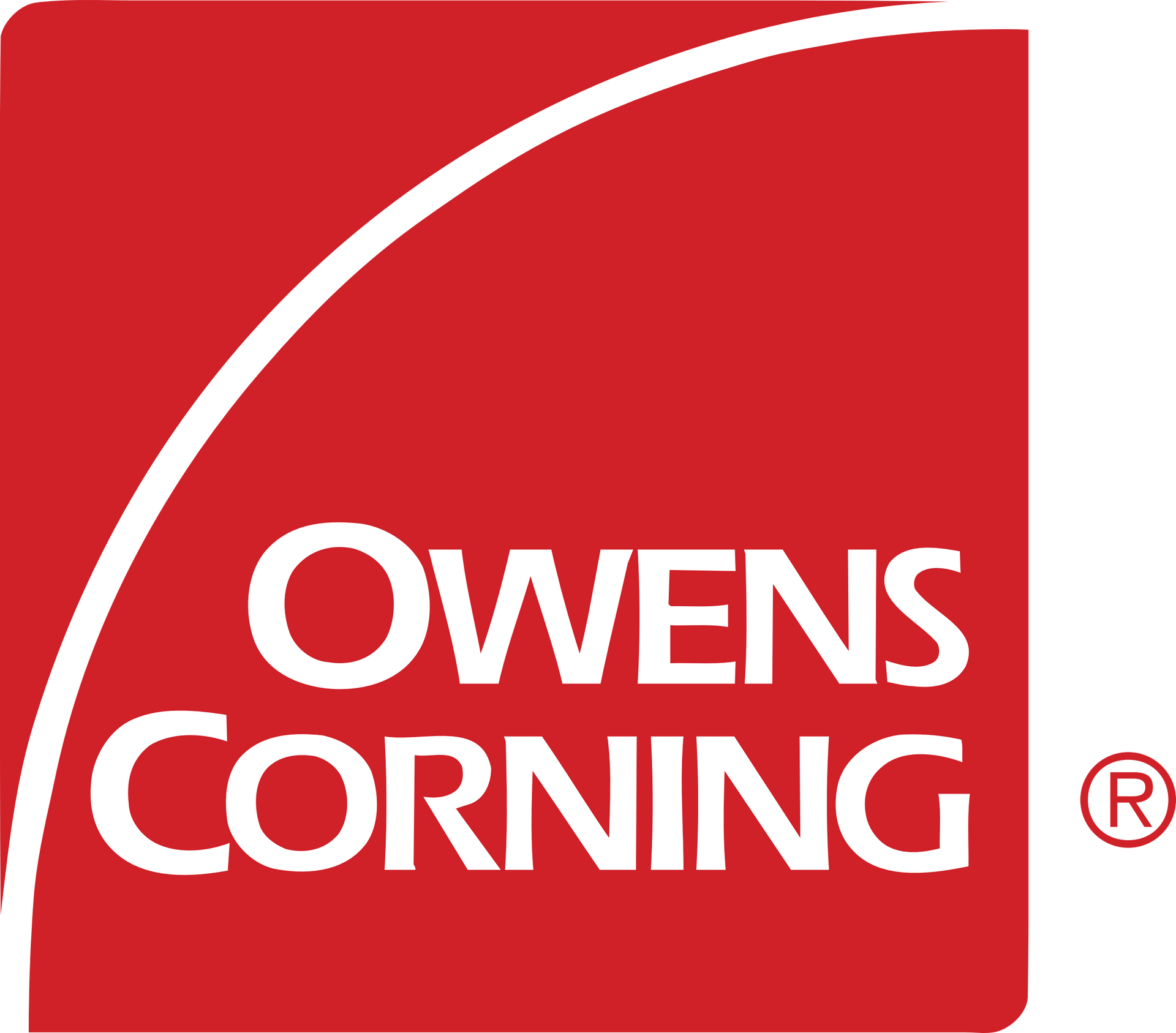The 5 Best Roofing Materials for Your Roof Replacement | Retro Roofers
Replacing your roof is a big investment, so you want to make sure you choose the best roofing materials. There are many options on the market, so it can be overwhelming to decide which one is right for your home. Here are five of the best roofing materials for your roof replacement, based on durability, price, and aesthetics.
Roof Material: What is it?
The roof is one of the most important parts of your house. It protects you from the elements and keeps your home comfortable and dry. But what exactly is roofing material? Roofing material is the material that is used to cover the roof of a house or building.
The most common type of roofing material is asphalt shingles, which are made from a mixture of asphalt and a fiberglass base. Other types of roofing materials include metal, tile, and slate. Each type has its own advantages and disadvantages, so it is important to choose the right one for your needs and priorities.
The 5 Best Roofing Materials for your Roof Replacement
When it comes to roofing, there are many different materials to choose from. But not all roofing materials are created equal. Some are better suited for certain types of homes, while others provide better protection against the elements. If you're looking to replace your roof, here are the five best roofing materials to consider.
1. Slate Roofing: Most Durable
Slate roofing is a popular roofing material that many homeowners go for because it is durable and has a long lifespan. Slate is a natural stone that is cut into thin, flat pieces and then installed on the roof. Slate roofing is a beautiful option that can add value to your home.
Pros
Slate roofs are:
- One of the most durable roofing materials available.
- Fire-resistant and have a Class A fire rating.
- Resistant to high winds, making them ideal for homes in hurricane-prone areas.
- Easy to repair if damaged.
- They have a natural beauty that enhances the look of any home.
Cons
- Slate roofs are expensive.
- They are also very heavy, so your home’s structure must be able to support the weight.
- Slate roofs can be difficult to repair if they are damaged.
- They require regular maintenance, such as cleaning and sealing, to keep them in good condition.
- Slate roofs can be noisy during a rainstorm.
Lifespan
Slate roofs can last for over a hundred years, which is much longer than most other types of roofs.
2. Asphalt Shingle Roofing: Best Overall
Asphalt shingles are a very popular choice of roofing materials on the market today, and for good reason. They are made from a mixture of asphalt and fiberglass, and they are available in a variety of colors.
Pros
- Asphalt shingles are one of the most affordable roofing materials.
- There is a variety of colors and styles to choose from, so you can find a look that complements your home perfectly.
- Asphalt shingles are fire-resistant, which provides an extra layer of protection for your home in case of a fire.
- Asphalt roofs are also wind-resistant, so they can help protect your home from damage during severe weather conditions.
Cons
- Asphalt shingles can be susceptible to wind damage.
- They can also be damaged by hail.
- They can be cracked or torn by falling tree limbs or other debris.
- The sun is more likely to fade the asphalt shingles over time.
- Asphalt roofing can be difficult to repair.
Lifespan
Asphalt shingles require little maintenance and can last for 20-30 years, making them a very cost-effective roofing option in the long run.
3. Metal Roofing: Most Versatile
Metal roofs are the most versatile roofing option as they can be installed on any type of building, including homes, offices, warehouses, and more.
Metal roofing is a roofing material made from metal, typically steel or aluminum. It is available in a variety of styles and colors and can be energy efficient. It is durable and low maintenance, and can often last for decades.
Pros
- Metal shingles are very durable and can last for many years.
- They are fire-resistant and can help protect your home in the event of a fire.
- Metal roofs are very low maintenance and require little to no upkeep.
- Metal roofing reflects sunlight which makes it energy efficient. It can help keep your home cooler in the summer and warmer in the winter so you can down cut your energy bills.
- You can choose from a variety of colors and styles to match the use of your building.
Cons
- Metal roofs are more expensive than shingles.
- Metal is noisier during rain and hail storms.
- The roofs can be dented by large hail stones.
- They can be more difficult to install than shingles.
Lifespan
The lifespan of a metal roof can vary depending on the type of metal used, the thickness of the metal, the slope of the roof, and the amount of exposure to the elements. Generally speaking, metal roofs can last anywhere from 40 to 70 years.
4. Wooden Roofs: Most Environmentally Friendly Option
Wood roofing is one of the most environmentally friendly options available. It is a renewable resource that can be sustainably harvested, and it is biodegradable. Wood roofs also have a high insulation value, which helps to keep your home warm in the winter and cool in the summer.
Pros
There are many benefits to wood roofing:
- The natural beauty of wood shakes. Wood shakes add character and charm to any home
- Wood is also a natural insulator, so it can help keep your home warm in the winter and cool in the summer. Wood roofing and wood shakes are also easy to repair and maintain.
- Wood roofing is a very durable option, and it can last for many years with proper care and maintenance.
Cons
There are a few potential disadvantages to wood roofing:
- They can be more expensive than some other types of roofing.
- They also require more maintenance, such as regular sealing and staining, to keep them in good condition.
- Wood roofing can also be damaged by fire more easily than some other types of roofing.
Lifespan
The lifespan of wood roofing varies depending on the type of wood and the treatment it has received. Some types of wood, such as cedar and redwood, are naturally resistant to rot and insects and can last for decades. Other types of wood, such as pine and fir, are more susceptible to damage and may only last for a few years.
The lifespan of a wood roof also depends on the type of wood used, the quality of the craftsmanship, and the environment in which it is located. A well-built wood roof can last 40 to 60 years, while a poorly built one may only last 10 to 20 years.
5. TPO Roofing: Best for Flat Roofs
TPO roofing is a single-ply membrane made from thermoplastic polyolefin. It is installed using either heat welding or mechanical fasteners and is available in white, tan, or black. TPO roofing is a popular choice for commercial and industrial buildings because it is energy efficient, reflective, and durable.
There are several reasons that TPO is the best for flat roofs. It is a single-ply membrane that is heat-weldable, which means it creates a watertight seal. It is also very durable and resistant to UV rays and chemicals.
Pros
TPO roofs are :
- Energy efficient.
- Durable and can last for many years with proper maintenance.
- Low maintenance and easy to keep clean.
- Lightweight, making them easy to install and repair.
- They resist UV rays and other weather damage, keeping your home or business looking newer for longer.
Cons
There are a few potential drawbacks to TPO roofing that should be considered before installation:
- TPO is a relatively new product and thus lacks a long track record. Its long-term performance is therefore somewhat unknown.
- TPO can be more expensive than some other roofing options, such as traditional asphalt shingles.
- TPO roofs are white, which means they may be more susceptible to heat damage and degradation than darker-colored roofs.
Lifespan
TPO roofing has a lifespan of 20-30 years. However, it is important to note that TPO roofing requires regular maintenance and repairs in order to maintain its longevity.
How to Choose the Best Material to Use for Roofing
The material you choose for your roof will have a direct impact on the overall look, feel, and durability of your home. With so many options on the market, it can be tough to decide which roofing material is right for you. Here are a few things to keep in mind when making your decision.
Weather Resistance
When you are choosing your roofing material, it is important to consider weather resistance. You want a roof that can withstand high winds, heavy rain, and snow. A good roof will also be able to withstand UV rays and heat.
Cost
The average cost of roofing materials is a major factor to consider when choosing a roofing material. The initial cost of the materials, as well as the labor costs of installation and maintenance, can have a significant impact on the overall cost of the roof.
Pitch
The roof pitch is the measure of how steep a roof is. It is typically represented as a ratio, such as 4:12, meaning that for every 12 inches (305 mm) of horizontal distance, the roof rises 4 inches (102 mm).
Pitch is important when choosing your roofing material because it affects how well the material will shed water. A steeper pitch will shed water better than a shallower pitch.
Durability
Inevitably , a durable roof will last longer and provide better protection for your home. If you live in an area with extreme conditions, it is especially important to choose a durable roofing product.
Frequently Asked Questions
Is metal roofing more expensive than other roofing types?
Metal roofing is generally more expensive than asphalt shingles, but it can last longer and has a higher resale value.
What roofing materials are covered by home insurance?
The most common types of roofing materials that are covered by home insurance are asphalt shingles, metal roofs, and clay tile roofs.
What is the most commonly used roofing material?
The most commonly used roofing material is asphalt shingles. Asphalt shingles are popular because they are relatively inexpensive and easy to install.
Are you looking for a Roofing replacement Contractor?
If you're considering a roof replacement, be sure to check out our services, we provide the best roofing materials, based on durability, price, and aesthetics, you're sure to find the perfect option for your home. Don't wait - get started on your roof replacement today!




















